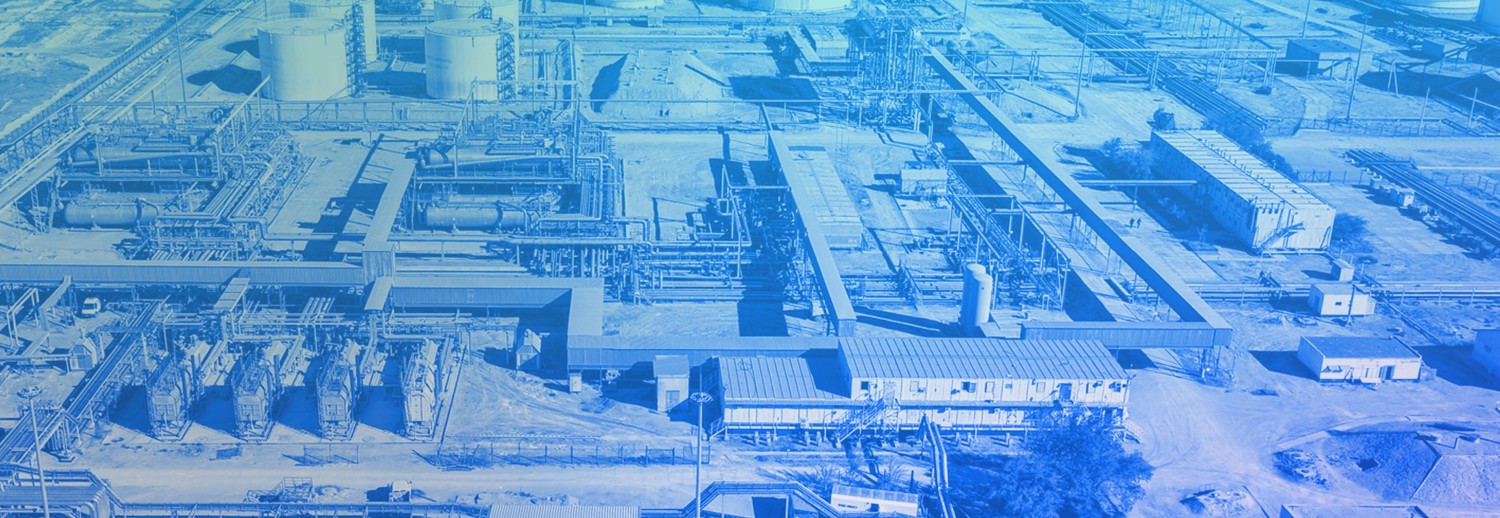KMG Development Strategy
In 2024, the oil and gas industry remained susceptible to global economic and geopolitical headwinds, with the instability seen in previous years amidst constrained investment and volatile prices.
The global oil market was under pressure from decelerating global economic growth, lower interest rates, reduced demand from China, and the increasing adoption of renewable energy sources, all contributing to price volatility. Geopolitical instability, sanctions against Russia, and OPEC+ production controls further heightened uncertainty.
KMG’s priorities in 2024 were ensuring energy security, improving exploration, diversifying export routes, developing the petrochemical industry, and advancing renewable energy projects. KMG balances investments across oil, petrochemical, and green initiatives. The Company’s long‑term strategy is geared towards increasing hydrocarbon reserves, enhancing operational efficiency, creating a state‑of‑the‑art petrochemical complex, and integrating environmentally friendly technologies to foster sustainable growth.
VISION
Vertically integrated national oil and gas company that meets the highest standards of safety, is committed to sustainability principles, and seeks to maximise its financial performance.
MISSION
We are effective and sustainable in our use of natural resources to ensure energy security, development, and prosperity of Kazakhstan while also caring about future generations.
KMG’s 2022–2031 Development Strategy was approved by the Board of Directors in November 2021.
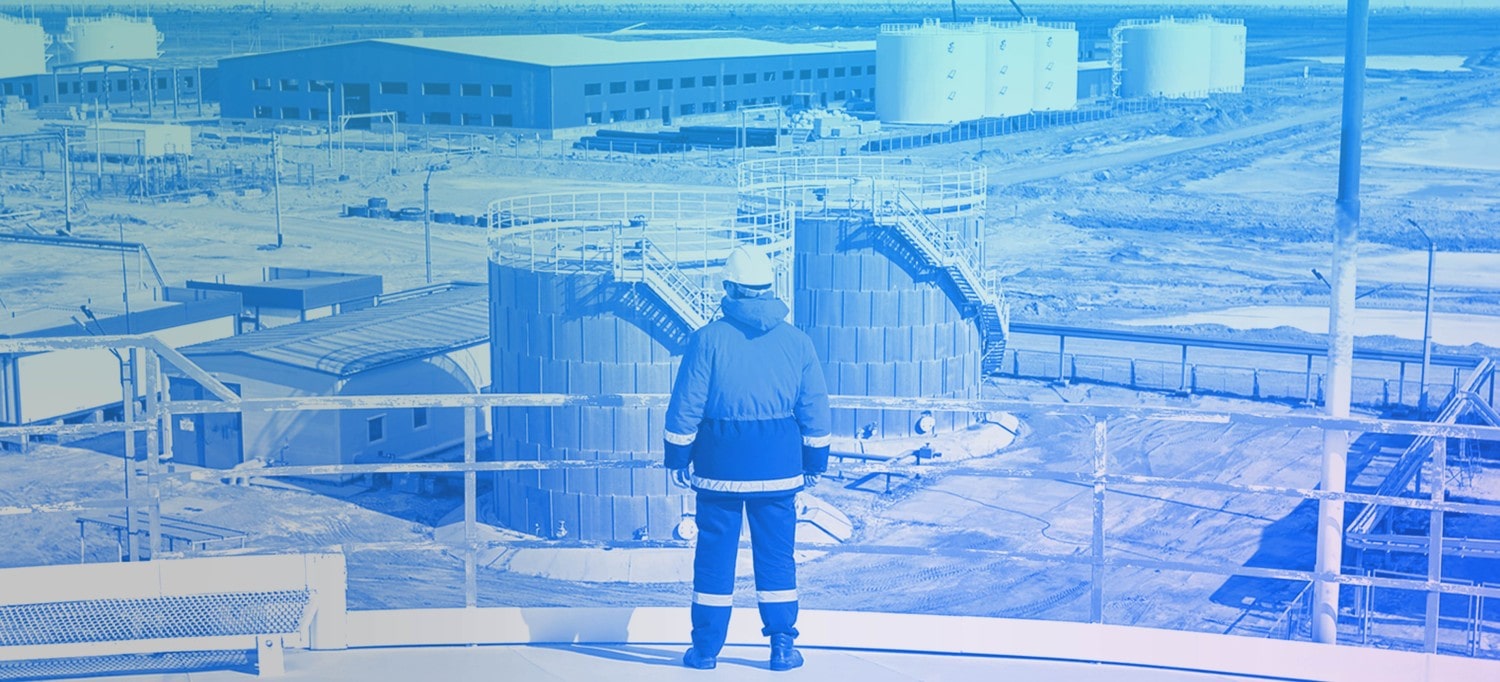
Strategic focuses
By delivering on its four strategic goals, KMG contributes to diversifying the national economy and reducing Kazakhstan’s carbon footprint.
The Company’s Development Strategy, along with its strategic goals and objectives, is disclosed for all stakeholders on its corporate website.
Furthermore, KMG Group consistently holds annual strategic meetings to tackle systemic and forward‑looking challenges that influence the Company’s operations.
Strategic goal No.1
Resource base sufficient to support KMG’s growth
2024 results
Drilling commenced at the following sites:
- Turgai Paleozoic (5,500 m), Kyzylorda Region
- Karaton Subsalt (5,500 m), Atyrau Region
- Karazhar (3,000 m), Aktobe Region
- Taisoigan (400–3,800 m), Atyrau Region
Plans
Three new blocks were identified for 2025–2026 exploration (subsoil exploration project 2.0): Bereke, Shygys, and Southern Shu‑Sarysu.
KMG plans to add new reserves sufficient for both conventional operations and new promising areas of activity through organic growth and strategic partnerships and acquisitions.
Analysis of historical geological and geophysical data and basin modelling identified five new promising blocks (subsoil exploration project 1.0): Mugodzhary, Berezovsky, Zharkyn, Bolashak, and Northern Ozen. Fieldwork was completed in 2024 on these promising blocks, and strategic partners are being determined (partner for Bolashak was determined).
For more details, see the Exploration section.
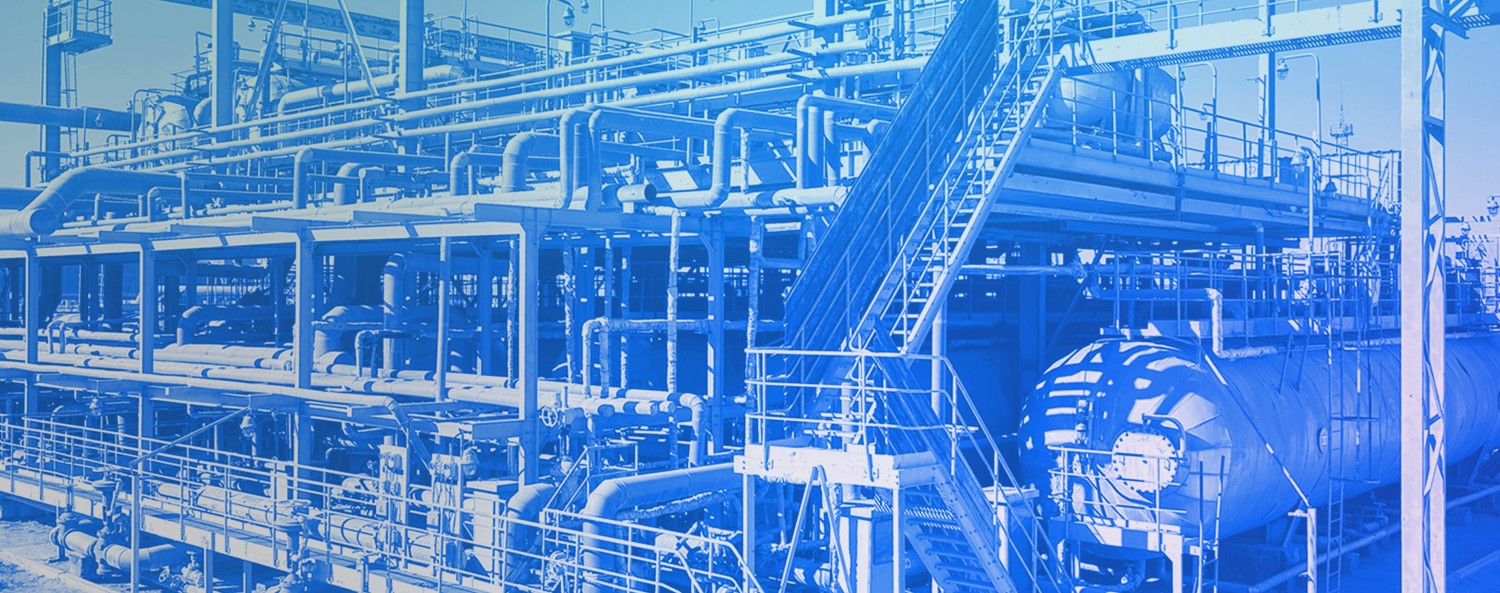
Strategic goal No.2
Improved efficiency across the Company’s value chain
2024 results
- New technologies implemented under the technological bottlenecks programme at operating assets yielded an additional 418 thous. tonnes of oil.
- The Uzen and Karamandybas field reclamation project translated to an additional 157.7 thous. tonnes of oil.
- Gas production commenced at the Rozhkovskoye, East Urikhtau, and South Aksay fields.
- Preparatory work commenced on the Kalamkas‑Sea / Khazar offshore project.
- Under the Karachaganak Expansion Project (KEP), the 5th injection compressor was commissioned (KEP‑1A).
- In April 2024, TCO commenced operations of the Wellhead Pressure Management Project (WPMP) facilities.
- January 2025 is about to see the commissioning of the Future Growth Project (FGP) and the WPMP facilities, set to boost oil production from the Tengiz field by 12 mln tonnes per year.
KMG focuses on its core activities, aiming to maximise the benefits from oil production, refining, transportation, and sales, while enhancing operations across all strategic segments.
This strategic goal includes stabilising oil and gas production at operating assets, launching new fields, and implementing expansion projects and projects to maintain and extend production plateau at major oil and gas facilities.
Efficient utilisation of oil transportation infrastructure remains a priority for the Company. KMG is developing export routes, adapting to global logistical changes.
In 2024, oil shipments from the Port of Aktau via the Baku–Tbilisi–Ceyhan route went up by 34%, and via the Druzhba pipeline by 50%.
KMG ensures stable domestic supply of oil products. In 2024, three refineries increased light oil product output by 370 thous. tonnes, hit new production highs, and implemented an automated emissions monitoring system. Expansion projects for Caspi Bitum and Shymkent Refinery are underway to meet growing oil product demand.
The Company is engaged in ongoing efforts to optimise its operating costs and make the supply chain more effective.
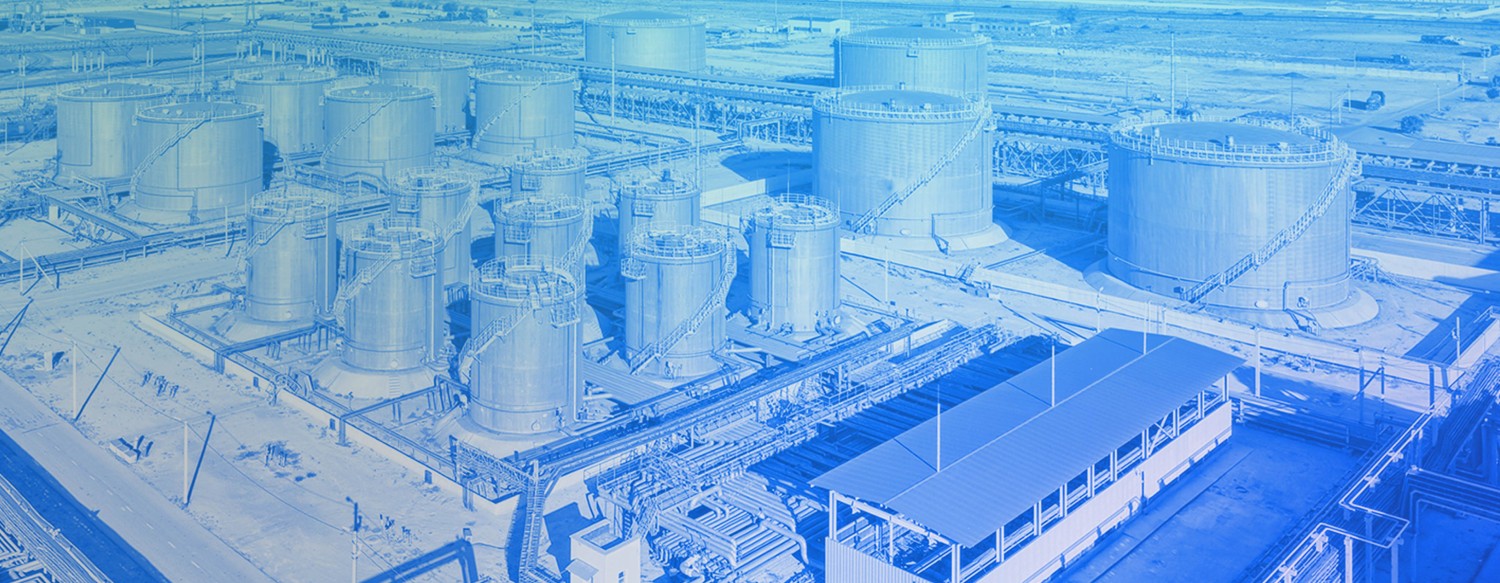
Strategic goal No.3
Business diversification and product portfolio expansion
2024 results
- KMG continues to further expand its petrochemical business, leveraging hydrocarbon resources to address the global demand for petrochemical products. In 2024, the integrated KPI gas chemical complex produced 249 thous. tonnes of polypropylene in ten grades, which fully meets domestic market needs.
- The 1.2‑mln‑tonne Polyethylene project entered the implementation phase. In 2024, project participants (KMG, SIBUR, Sinopec) took final investment decisions, with early construction work having commenced in September.
- The pre‑feasibility study for the Polyethylene Terephthalate project was approved, and active steps to team up with strategic partners are being taken.
- An agreement was reached to establish a joint venture for the Urea project with CNPC, and an agreement of intent on raw material supply was signed between KMG PetroChem and CNPC International Aktobe Petroleum.
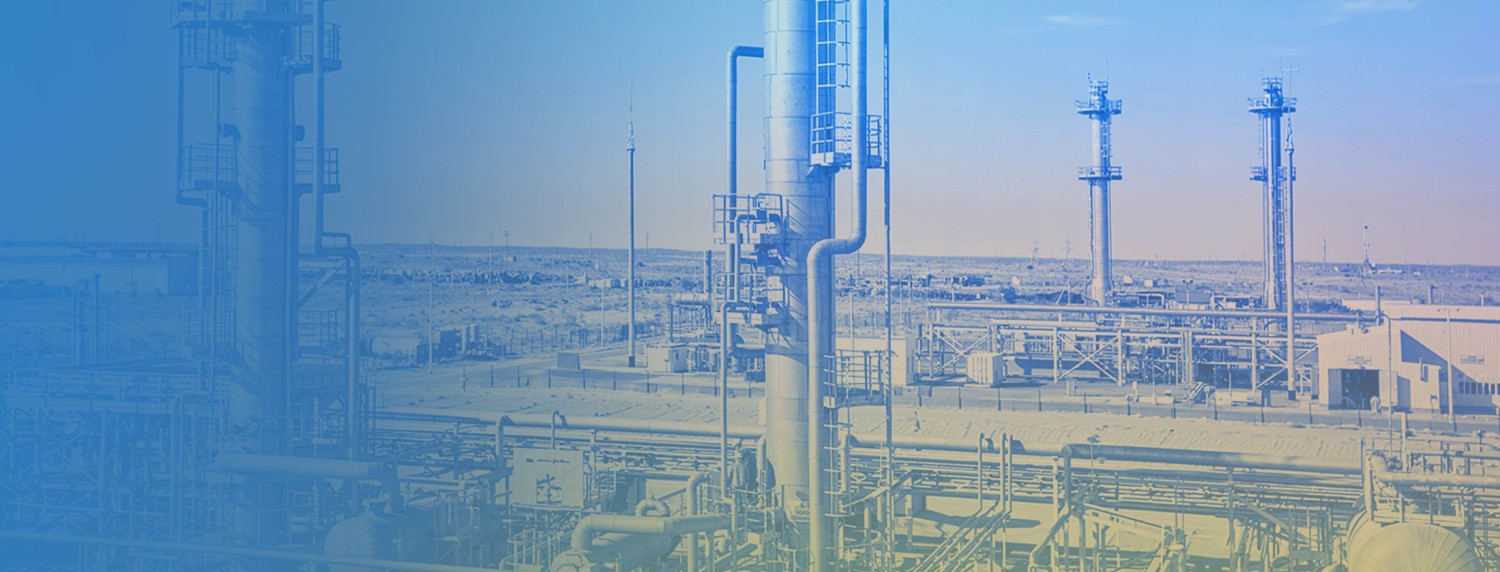
Strategic goal No.4
Sustainable development and gradual reduction in carbon intensity of production
KMG’s operations are guided by sustainable development principles, balancing economic, environmental, and social priorities.
2024 results
- On 4 December 2024, KMG received an updated ESG risk rating of 32.8 from Sustainalytics. By 2031, KMG aims to solidify its standing as a company with medium ESG risks. An action plan to improve this rating is being implemented. KMG integrates ESG goals into corporate and functional key performance indicators (KPIs).
- KMG’s Low‑Carbon Development Programme 2060, aiming for a 15% reduction in GHG emissions by 2031 and 64% by 2060, was approved, with measures to implement modern technologies underway.
- In May 2024, methane emission reports of KMG’s subsidiaries and affiliates were submitted to UNEPUnited Nations Environment Programme (UNEP) – the leading UN body for environmental protection. under the OGMP 2.0Oil & Gas Methane Partnership 2.0 (OGMP 2.0) — UNEP’s flagship programme for reporting and mitigating methane emissions in the oil and gas sector
- Construction of solar and gas power plants together with Eni commenced. The law to ratify the agreement with Total Eren for the 1 GW Mirny project was signed, updated draft agreements were approved, and financing arrangements are underway.
